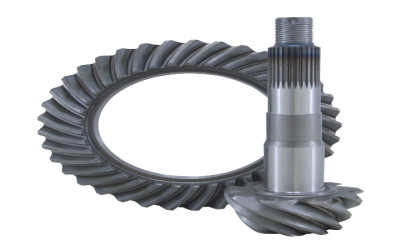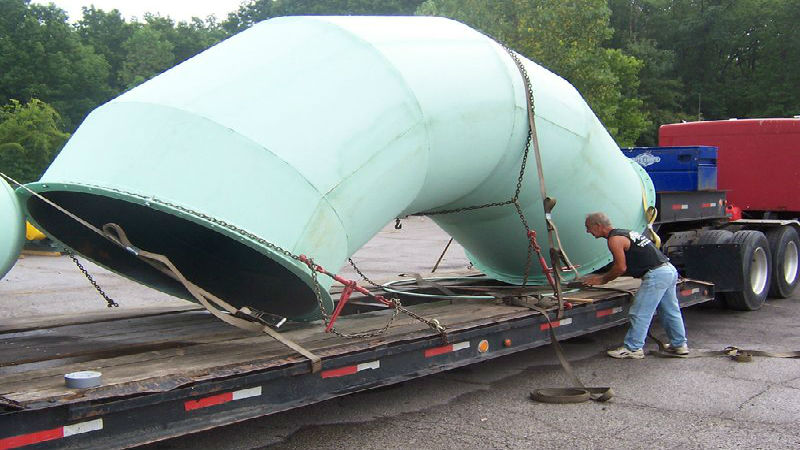One of the most effective ways to reduce the cost of the production of parts and component is to reduce the processes used to create those parts. Many parts are made by cutting, welding, finishing, and then using any number of heat treatment methods to relieve internal stress or to rebuild hardness or reduce brittleness after the processes are completed.
For many types of parts and components, including those used in the automotive, aerospace, telecom and even in the military and defense sector, creating parts using sheet metal forming is a much more practical option.
Rather than cutting, welding and the assembly requirements, sheet metal can be rolled or pressed into a variety of simple to complex shapes. Through sheet metal forming, which is done at room temperature and does not require heating of the metal sheet, very elaborates shapes can be made that have close, tight tolerances and offer rounded edges and corners that are very difficult to produce using other methods.
Equipment Used
Depending on the end shape required, various options in equipment can be used in the sheet metal forming process. Brake forming using CNC technology is an ideal option to create both simple angles as well as complex boxes or pans.
The use of CNC technology means the brake (the forming machine) is controlled by a computer, ensuring each part is produced with precision accuracy to the original software rendering.
Roll forming is another option, and it is the option most commonly used for shapes that are rounded or that are tube-shaped. This process uses a series of rollers under pressure that gradually shape and bend the sheet metal to the desired shape.
Rolling or the use of a brake to form sheet metal is a cost-effective option for small or large volume parts orders and requirements, and with the use of CNC technology, it is also very precise.

